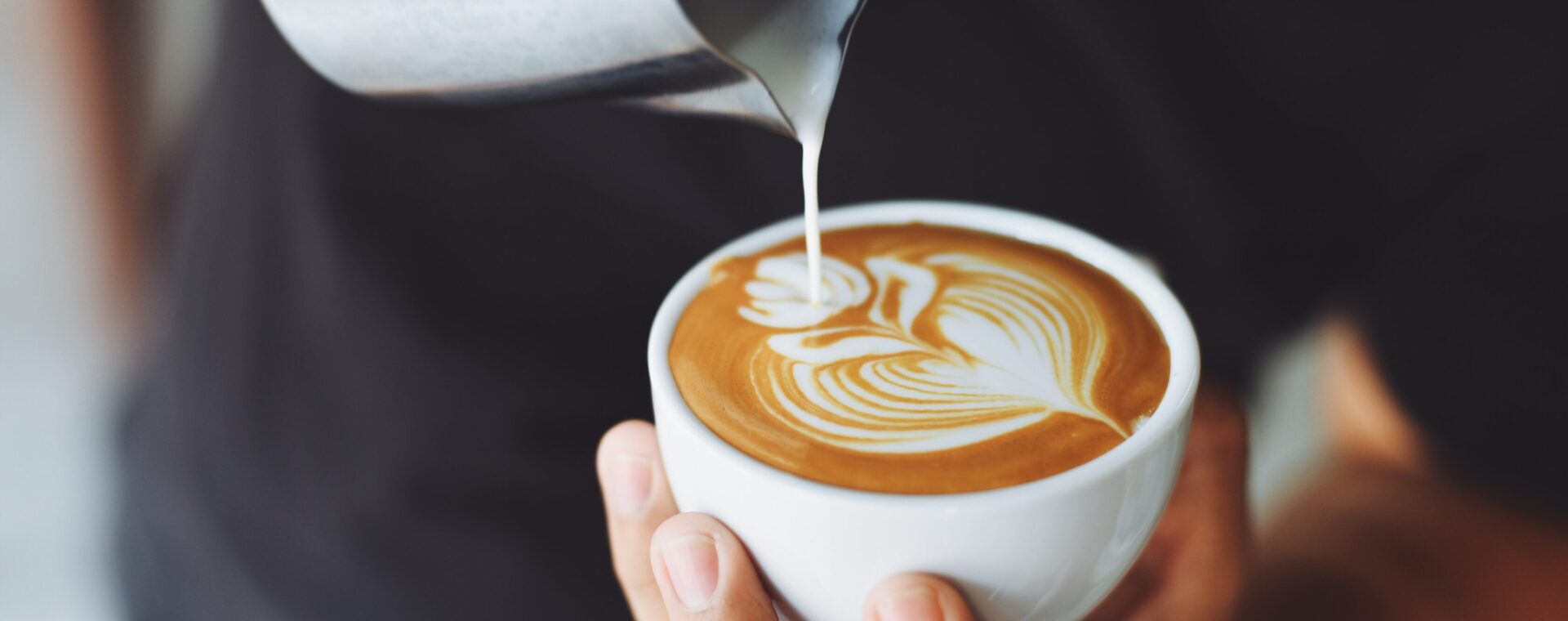
I recently visited a country where most of the people working heavily relied on tips as their sole income. Even in the U.S., more than $40 billion is spent on tips in the food-service industry alone every year—so with all the money spent on tipping, does it encourage better customer service?
Generally, how much people tip has little to do with the quality of service.
In a study published by Micheal Lynn of Cornell University, there are several behavioral acts that increases tips such as giving patrons candy at the end of their meal, squatting table level when engaging with customers, remembering names, a light physical touch on the shoulder are just some “tips” to increase service quality.
The same study found in surveys that people say they tip almost exclusively based on the level of service, however, in field studies in actual restaurants find that better service is weakly correlated with bigger tips. A step up on a 1-to-5 rating scale of customer satisfaction only makes a small impact on tip percentage (about 15 to 17 percent of the check).
If the quality of service is based on tipping then wouldn’t it be pointless to tip a cab driver or when dining at a restaurant out of the country? But we do tip in most of these situations and, usually we still tip at the same rate.
It might be better for management to encourage tip enhancing behaviors not because it will directly improve customer satisfaction, but because it will improve server morale. Happier servers may deliver better service in the long run (duh), but it’s the behaviors that increase servers’ tips (not customer satisfaction).
The key to tipping has less to do as an incentive for quality of service, but more about rewarding or punishing those who are able to engage with their customers. There’s a lot more psychology involved than you think!
Learn more about what’s driving your customer satisfaction and specific actions you can take to get more “tips”.




